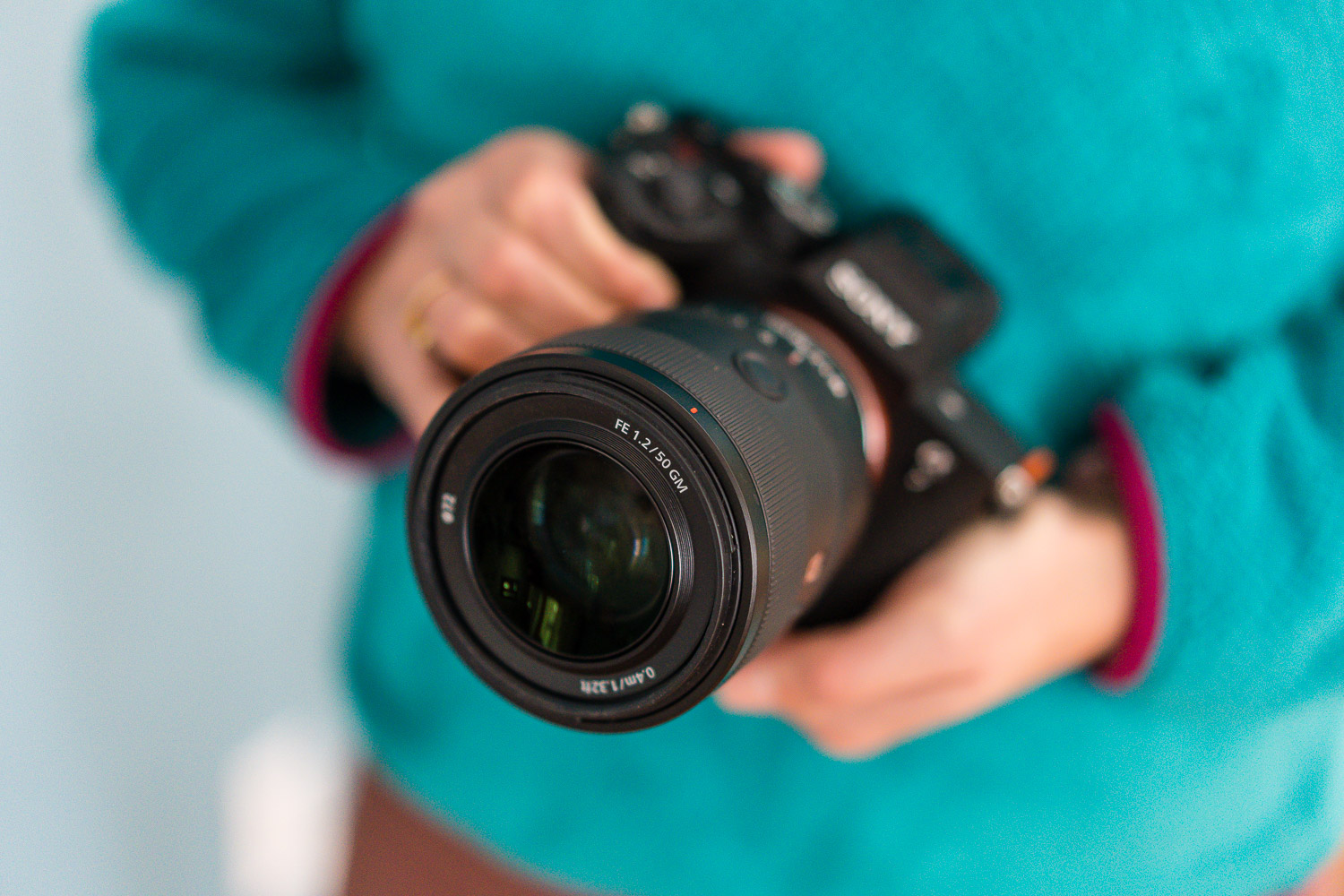News Blast
Stay updated with the latest happenings around the world.
Click Click: The Secret Life of Your Camera
Uncover the hidden secrets of your camera and elevate your photography game! Click now to reveal what your lens really captures!
Unveiling the Lens: How Your Camera Sees the World
Unveiling the Lens: Your camera is more than just a tool; it's a sophisticated device that interprets the world around you. Understanding how your camera sees the world begins with grasping the concept of light. When light enters the camera lens, it is focused onto a sensor or film, capturing the scene before you in a way that your eyes may not perceive. Factors such as aperture, shutter speed, and ISO work collaboratively to influence the exposure and the final outcome of your images. For instance, a wide aperture allows more light in, creating a shallow depth of field that beautifully blurs the background while emphasizing your subject.
Furthermore, the lens itself plays a pivotal role in how your camera interprets reality. Different types of lenses, such as wide-angle, macro, or telephoto, each bring unique perspectives to your photographs. A wide-angle lens can distort proportions and pull in more of the environment, while a telephoto lens compresses distances, allowing you to capture distant subjects with stunning clarity. Recognizing these differences helps photographers make informed choices in their gear and compositions, ultimately crafting images that resonate with their artistic vision and storytelling.

5 Secrets Your Camera Won't Tell You About Taking the Perfect Shot
Taking the perfect shot goes beyond just pointing and clicking your camera. Lighting plays a crucial role in photography, yet many photographers overlook the golden hour—the period shortly after sunrise and before sunset. The warm hues and soft shadows during this time add an ethereal quality to your images that harsh midday light simply cannot replicate. Additionally, consider the direction of light; sidelight can enhance textures and depth, giving your photos an intriguing dimension.
Another secret your camera won’t tell you is the importance of composition. Utilizing techniques such as the Rule of Thirds can drastically improve the visual appeal of your shots. Imagine your frame divided into nine equal parts by two horizontal and two vertical lines; placing key elements along these lines or at their intersections can create a more dynamic and balanced image. Don’t forget to experiment with different angles and perspectives to discover unique compositions that captivate viewers.
What Happens Behind the Scenes: The Technology Powering Your Camera
When you press the shutter button on your camera, a highly sophisticated process is set into motion. First, the image sensor captures the light information that enters through the lens. This sensor can vary in type, with popular options including CCD and CMOS technologies, each offering unique advantages and characteristics. Once the light hits the sensor, it is converted into an electrical signal, which the camera's processor then interprets. This processor is essential, as it applies various algorithms to enhance the image quality by adjusting colors, exposure, and sharpness before rendering the final image.
Behind the scenes, additional technologies contribute to the overall performance of your camera. For instance, autofocus systems use complex algorithms and lightweight materials to quickly and accurately focus on subjects. Moreover, image stabilization technology works to reduce blurriness caused by camera shake, providing you with clearer shots even in challenging conditions. These advancements, powered by minute microcontrollers and intricate software, are crucial in enabling both amateur and professional photographers to capture stunning images with ease.